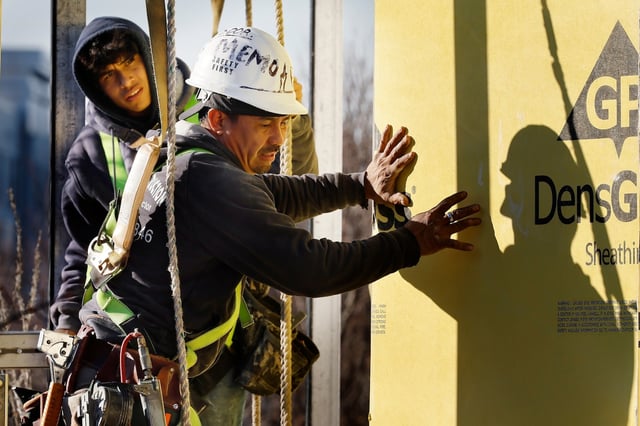Overview
- Inflation has reached its lowest point in 2 1/2 years and the unemployment rate has stayed below 4% for the longest stretch since the 1960s, yet most Americans hold a glum view of the economy.
- Despite the steady cooling of inflation over the past year, many goods and services are still far pricier than they were just three years ago.
- Adjusted for inflation, median weekly earnings have risen at just a 0.2% annual rate from the final three months of 2019 through the second quarter of this year, leaving many Americans feeling that they have made little financial progress.
- Lower-income Americans, who have generally received the largest percentage wage gains since the pandemic, typically face a higher inflation rate because they spend a greater proportion of their income on volatile expenses such as food, gas and rent.
- Political partisanship also plays a role in economic sentiment, with Republicans far more likely than Democrats to characterize the economy as poor under President Biden.

